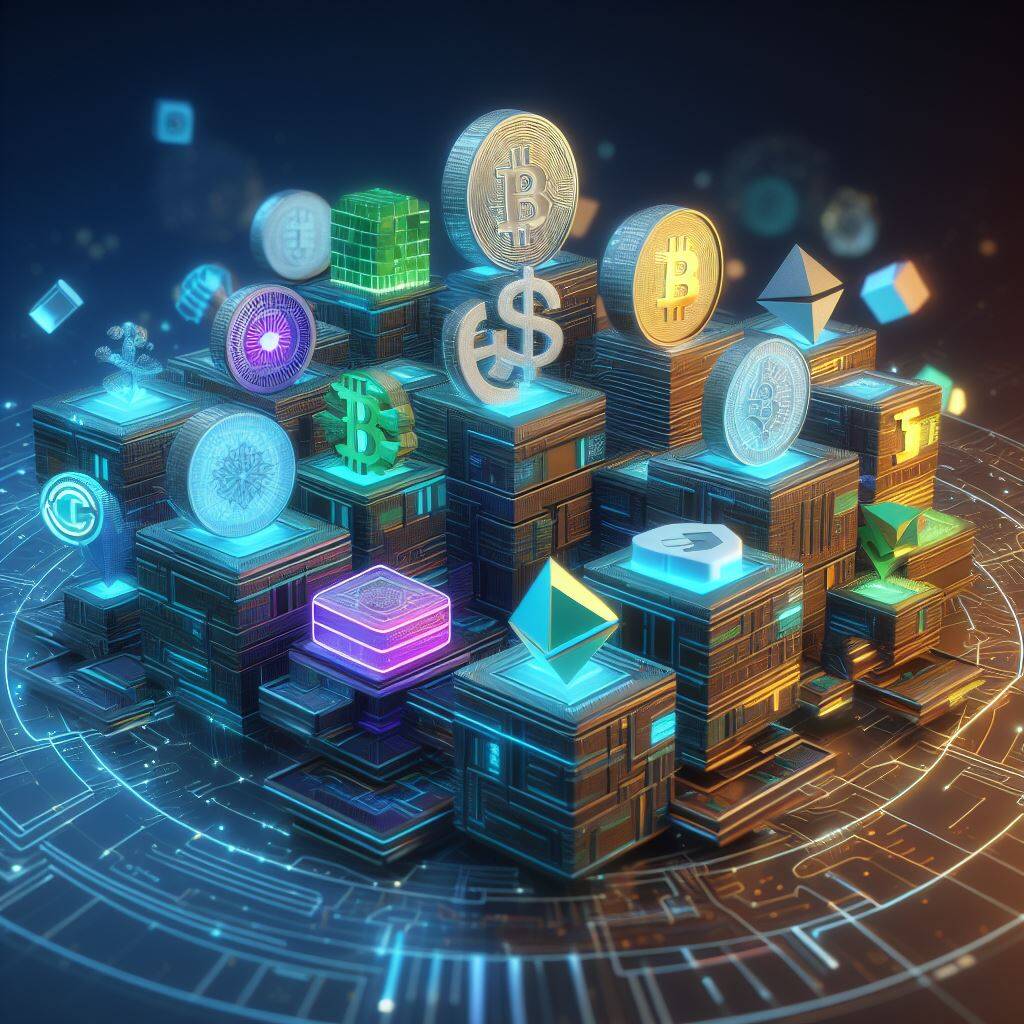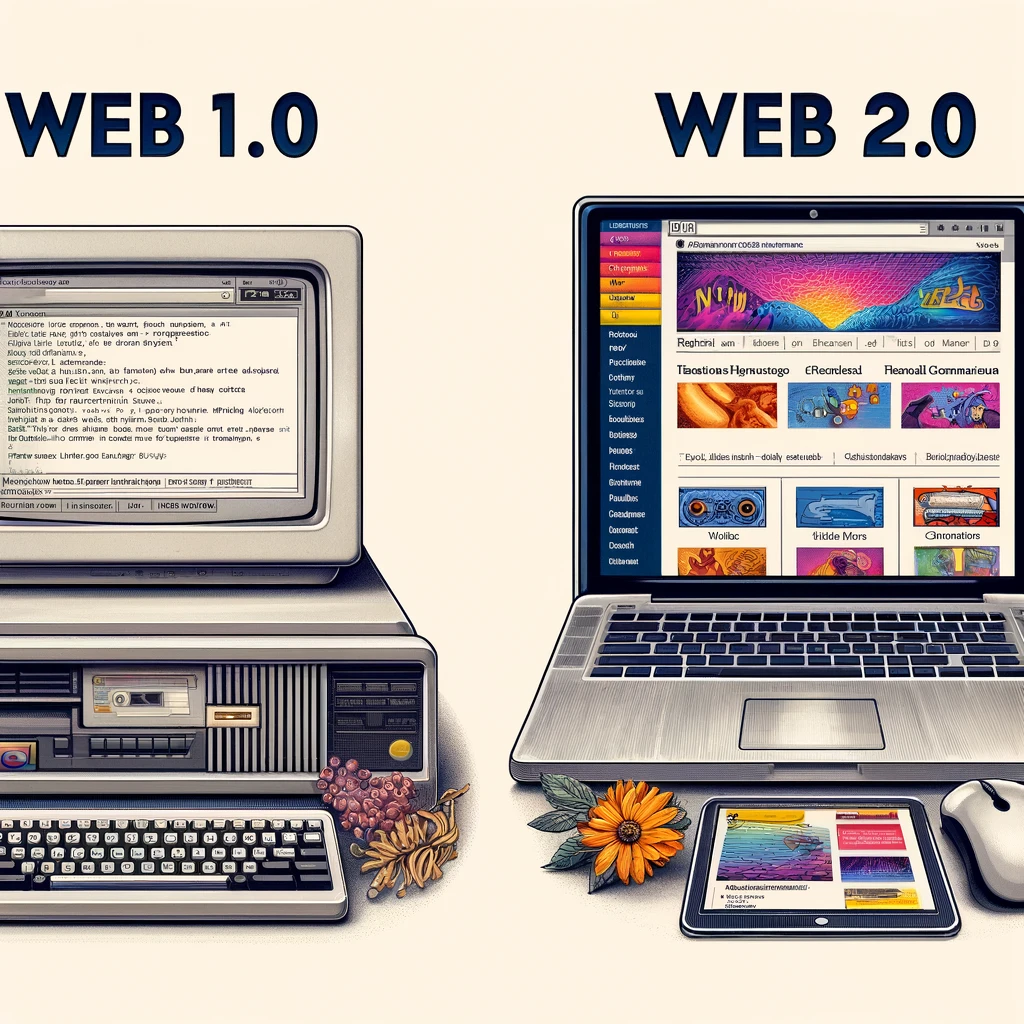The Web has evolved from static sites in Web 1.0 to interactive platforms in Web 2.0, which are centralized and managed by entities like YouTube. Web3, powered by blockchain technology, introduces decentralized control of data, enabling secure and transparent management through smart contracts and consensus mechanisms. Unlike Web 3.0, which focuses on the "Semantic Web" for machine-readable smart data, Web3 decentralizes data and empowers users, representing a revolutionary shift in how the Web functions and organizations are managed.

The internet is a vast global communication network that connects millions of computers worldwide. Through increasingly advanced devices, users can access data, create new content, and transfer information seamlessly across the network. This data communication relies on standardized communication protocols that ensure smooth and consistent data exchange between computers.
Why Are Communication Protocols Necessary?
Just as people use a common language with agreed-upon rules for reading, writing, pronunciation, and punctuation to communicate effectively, computers require standardized protocols to "speak" to one another. These protocols act like the grammar and spelling rules of digital communication, enabling devices to understand and exchange information reliably.
For example, in Turkey, the Turkish Language Institution is responsible for regulating language standards. Similarly, on the web, organizations establish and maintain technical standards to ensure consistency and interoperability.
The Role of the World Wide Web Consortium (W3C)
The World Wide Web, often referred to simply as the Web, is an essential service that operates on top of the internet. The Web was born with the creation of the Hypertext Markup Language (HTML) by Tim Berners-Lee, who developed the first website and laid the foundation for the modern internet experience.
Today, the World Wide Web Consortium (W3C), chaired by Tim Berners-Lee, continues to oversee the development and maintenance of web standards, including HTML, CSS, and other web technologies. These standards ensure that web services work uniformly across different devices and platforms.
Key Internet Protocols: TCP/IP
Among various communication protocols, TCP/IP (Transmission Control Protocol/Internet Protocol) is the most widely used. It consists of two main components:
-
TCP (Transmission Control Protocol): Divides data into manageable packets before transmission, ensuring that these packets are correctly reassembled at their destination.
-
IP (Internet Protocol): Directs these packets to their intended network addresses, enabling proper routing across interconnected networks.
Together, TCP/IP forms the backbone of reliable internet communication.
Differentiating Between the Internet and the Web
To clarify, the Internet is the global network infrastructure connecting billions of devices, whereas the Web is a service that runs on this infrastructure, providing users access to web pages and applications.
Before the advent of the Web, basic internet services like email were available. However, the emergence of HTML revolutionized online interaction by enabling the creation of hypertext documents—known as web pages—which contained straightforward text and images.
Over time, the Web evolved significantly, fueled by advances in programming languages and hardware capabilities, transforming simple pages into the dynamic, interactive platforms we use today.
What is Web 1.0?
Web 1.0 represents the first phase of the World Wide Web, spanning roughly from the late 1990s to the early 2000s. During this era, the internet primarily served as a static information source. Websites were mostly non-interactive, displaying fixed content for users to read and consume. Visitors could access information but had minimal ability to interact with the site or provide feedback. Essentially, Web 1.0 was a one-way communication channel centered on content delivery.
What Is Web 2.0?
Web 2.0 marks a significant shift toward interactivity, user participation, and content sharing on the internet. Emerging in the mid-2000s, this phase empowered users to create, share, and collaborate on content, transforming the web into a dynamic platform.
Key characteristics of Web 2.0 include:
-
Enhanced user interaction and collaboration
-
Platforms managed by companies that control participation rules and data usage
-
Centralized management of web services and data policies regulated by legal frameworks and corporate standards
For example, platforms like YouTube curate content and design user experiences according to company policies. While this centralization streamlines operations, it limits direct user control over platform governance.
Imagine a scenario where users could customize YouTube’s interface or vote on company decisions collectively. This kind of decentralized control is becoming feasible with blockchain technology. Blockchain networks, such as Ethereum, enable the creation and execution of smart contracts, offering new possibilities for decentralized web governance. Though still emerging, blockchain’s role in web evolution is being closely observed.
What Is Web3? Is It the Same as Web 3.0?
Web3 introduces a revolutionary concept: decentralizing the control of digital data. Instead of being governed by a central authority, data management is distributed across a network, requiring consensus (often a 51% approval) to validate actions.
It’s important to distinguish between Web3 and Web 3.0, as they represent different visions for the future of the web:
-
Web3: A blockchain-based iteration of the web focusing on decentralization, smart contracts, and user sovereignty over data.
-
Web 3.0: Often called the Semantic Web, a concept championed by Tim Berners-Lee emphasizing linked data and machine-readable information to create a smarter, more connected web.
The Semantic Web concept was first introduced in May 2001 by Tim Berners-Lee, James Hendler, and Ora Lassila in Scientific American. It leverages artificial intelligence technologies to produce “smart data” that machines can interpret and process. Although it does not encompass AI itself, the Semantic Web uses AI tools to solve specific problems by operating on well-defined data sets.
In essence, the Semantic Web integrates multiple technologies, principles, and philosophies to create a web that understands and responds to user needs in an intelligent and meaningful way.

Is Blockchain Technology a Revolution for the Web? Has the Semantic Web Era Arrived?
Blockchain technology, widely recognized through Bitcoin, represents a transformative breakthrough for the Web. But has the Semantic Web revolution—often referred to as Web 3.0—fully arrived? To understand this, it’s important to explore what blockchain technology truly offers.
Blockchain enables the secure recording, management, and modification of data in a decentralized manner. It also governs how and for what purposes data is used. If we think of the data to be verified and stored as a “protocol,” then blockchain allows all network participants to democratically reach consensus on this protocol. This includes making changes, adding new rules, or removing existing ones—all performed reliably, transparently, and immutably. In essence, blockchain facilitates the creation, governance, and management of an organization based on a shared, decentralized protocol.
Earlier, we referenced YouTube as an example to illustrate the potential of decentralized governance.
The Ongoing Web Revolution: Blockchain and the Semantic Web
In our view, blockchain technology has initiated a revolution in how the Web functions. Alongside this, developments within the Semantic Web—encompassing technologies like artificial intelligence—continue to evolve. Therefore, we prefer to distinguish the blockchain-driven transformation as Web3, rather than referring to it as Web 3.0.
To answer the question posed in the title: as previously explained, the Internet and the Web are distinct concepts. We used the term “Internet” in the title to highlight this distinction. The reality is that Web3 (not the Internet) is reshaping how the Web operates—and even how organizations function in real life.
Key Concepts Introduced by Web3
-
Blockchain Technology: At the core of Web3 is blockchain, a decentralized, secure ledger system that records and verifies transactions across a distributed computer network.
-
Cryptocurrencies: Web3 platforms commonly incorporate cryptocurrencies as a method for transferring value and incentivizing network participants. Notable examples include Bitcoin and Ethereum.
-
Smart Contracts: These are self-executing contracts with terms directly embedded in code. Smart contracts automatically enforce rules and govern organizational decision-making. They operate on blockchain platforms, enabling autonomous, transparent transactions.






